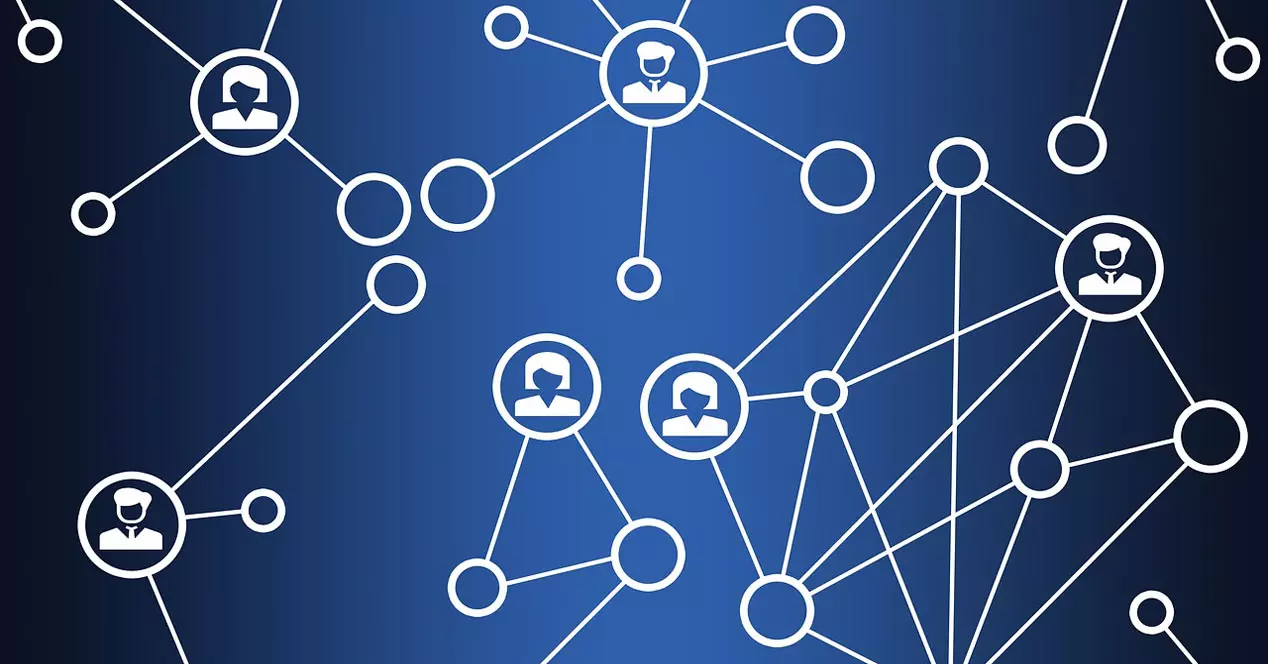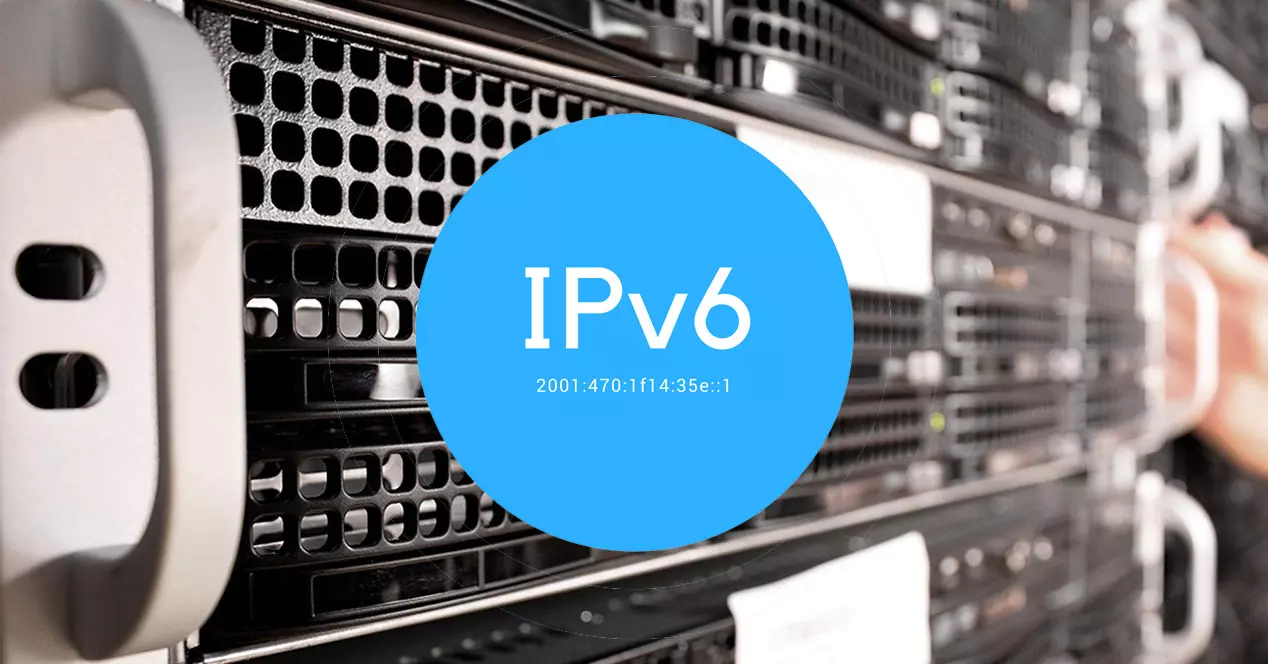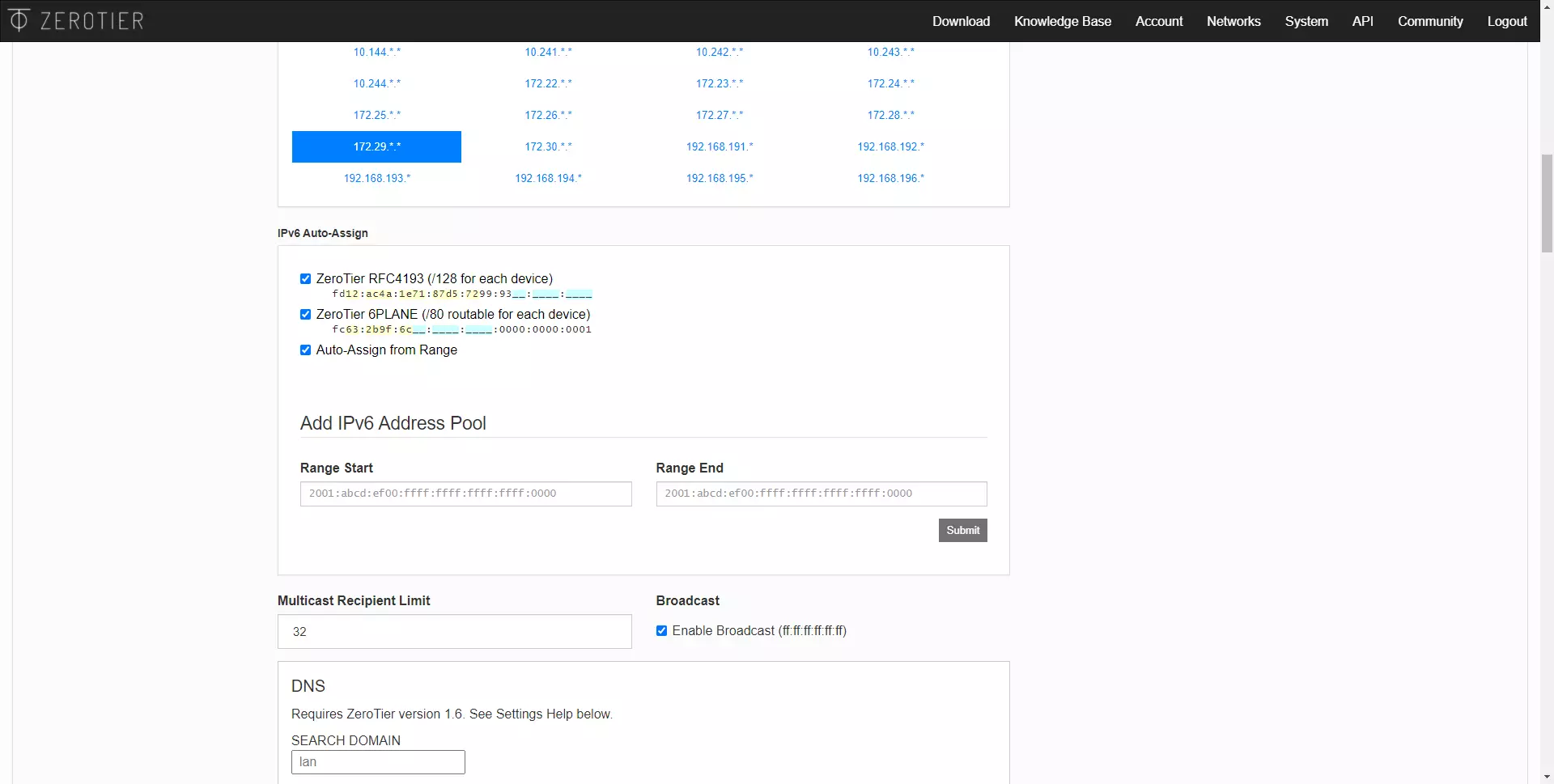
What is the Internet Protocol for?
We can say that the Internet Protocol is basic for navigation as we know it. It contains a series of rules that are used to route and direct data packets. Each of these packets will carry information that is necessary to know where they should be sent. Basically they have to know the address.
Keep in mind that each of the devices connected to the network is assigned a IP adress. For example, domains like RedesZone.net have an IP assigned to which we connect every time we put the address in a browser. That Internet Protocol or IP is what allows the information to reach the correct destination.
In a way it is the same as when we send a letter by post. We are sent information (a written paper, for example) to a person who is in another place. For that letter to reach its destination, it must have an address so that it does not get lost along the way. This is the same, but in digital terms. The difference is that this IP can change, since it will be assigned automatically when the connection is established.
It is not a new protocol, far from it; however, with the passage of time everything has changed, there are more devices connected and that has led to the emergence of different versions. That’s where we’ll find differences between IPv4 and IPv6.
What is IPv4
IPv4 it is the first version. When it was created 40 years ago it had limitations but for that time they were more than enough. That is, it was designed to theoretically support some 4.3 billion devices connected to the network. However, of those it is going to reserve about 16 million for private networks and another 268 million, approximately, for multicast addresses. Of course, in the 1980s there was practically no Internet anywhere and everything was limited to computer equipment belonging to official organizations and certain countries.
In the case of IPv4, a 32 bit address. That IP address is made up of four blocks. Each one of those blocks will have 256 numbers, since it goes from 0 to 255. For example, we can find an IP address of the type 14.173.231.048. That will be the address that will identify a particular device or server on the network. For example the address of a web page.
Until a few years ago that was more than enough, but things have been changing. We have more and more devices connected to the network. You just have to think about the number of devices of what is known as the Internet of Things that we have around us. Surveillance cameras, printers, smart light bulbs… That, in addition to the usual computers and mobile phones, gradually exhausts the available IP addresses.
What is IPv6
To overcome this limitation, arose IPv6. This happened in 2011, so we are not facing a novelty either, although, yes, it is not very well established yet. Of course, its development began at the end of the 1990s. In this case, it admits practically infinite addresses, which will at least solve the problem for a long time.
In total, the figure is 2 raised to 128 or, in other words, about 340 sextillion. A more than significant number. IPv6 is based on 128 bit addresses. They are represented through eight blocks of four hexadecimal digits each. This allows to reach really high numbers of combinations. The routing, therefore, is similar to that of IPv4 but in this case it becomes 128 bits.
An example of an IPv6 address would be 2001:3dr4:0231:6852:5h76:34p7:3469:8453. It should be noted that an IPv6 address packet will have mainly two parts. One of them will act as Headboard (it will have a fixed part and another with variables) and then the Useful load (which is the data).
The switch to IPv6 has already started, especially in some countries. The exhaustion of IPv4 addresses is a reality and that requires action. There are transition mechanisms to gradually adapt the addresses.
An important factor of IPv6 is that it also brings security improvements. For example, it natively has IPSec. This is used to authenticate and encrypt data packets, something that provides an improvement over the previous version. After all, it is a much more recent protocol, since the previous one was 40 years old.
Differences between IPv4 and IPv6
As you can imagine, there are clear and important differences between IPv4 and IPv6. We are going to summarize the main ones so that you can know how each of them works. You will see that there are some significant changes with the introduction of the new Internet Protocol.
- number of addresses: without a doubt the most important difference and for which the implementation of IPv6 began to be devised. It will allow to overcome the problem of exhaustion of IP addresses at a global level.
- Blocks and separation: Another difference, in this case visual, is in the IP address itself. The IPv4 protocol is divided into four blocks separated by a period, while IPv6 is divided into eight blocks separated by a colon (:) each.
- Speed: Although there is really no clear difference here, it is true that under certain circumstances IPv6 can work faster (when we are working with NAT).
- Security: IPv6 provides greater security natively. It has added security mechanisms, such as IPSec.
In short, as you have seen there are several differences between IPv4 and IPv6. The main one of all of them is the number of addresses, which will be infinitely greater in the latter case. There are also differences in terms of security, speed or the blocks and separation of addresses. All this means that we are facing a protocol that will undoubtedly be decisive soon due to the large number of devices that already exist and will be.




